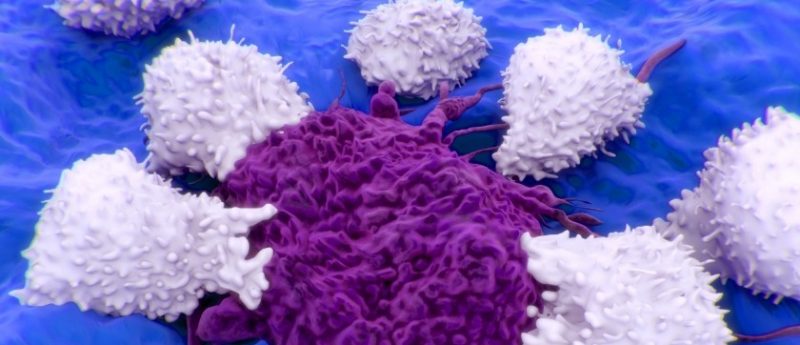Should busulfan now be part of the standard treatment for patients with acute myeloid leukemia?

Treatment of acute myeloid leukemia (AML) in nonelderly patients has followed the same paradigm of remission induction with cytarabine and anthracycline with or without a third cytotoxic drug for more than 40 years. These drugs produce complete remissions in the majority of patients, but cure requires intensive postremission treatment. Postremission therapies have also remained similar for many years, but better criteria for selection of postremission treatment for individual patients has improved results. Cytogenetic analysis and molecular markers predict risk of relapse more accurately than previously used factors. Patients at low risk of relapse, including those with core binding factor abnormalities and those with normal cytogenetics and an NPM-1 mutation without FLT3 mutations, are generally best treated with multiple doses of high-dose cytarabine as postremission therapy. Most other patients who have good performance status, minimal comorbidities and a well-matched sibling or unrelated donor, have better long-term survival with allogeneic hematopoietic cell transplantation (HCT) [1].
Click here to view full article.